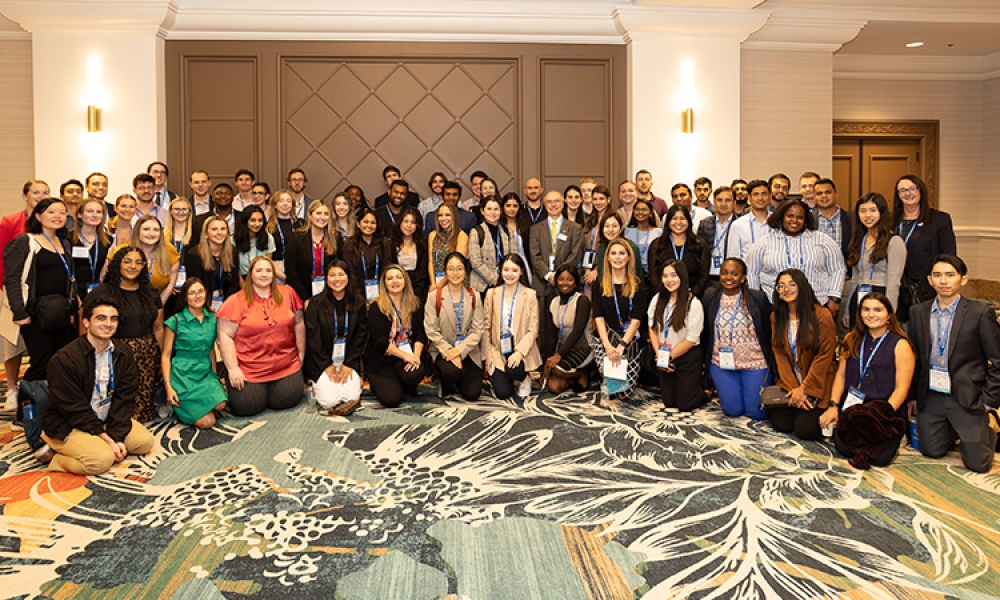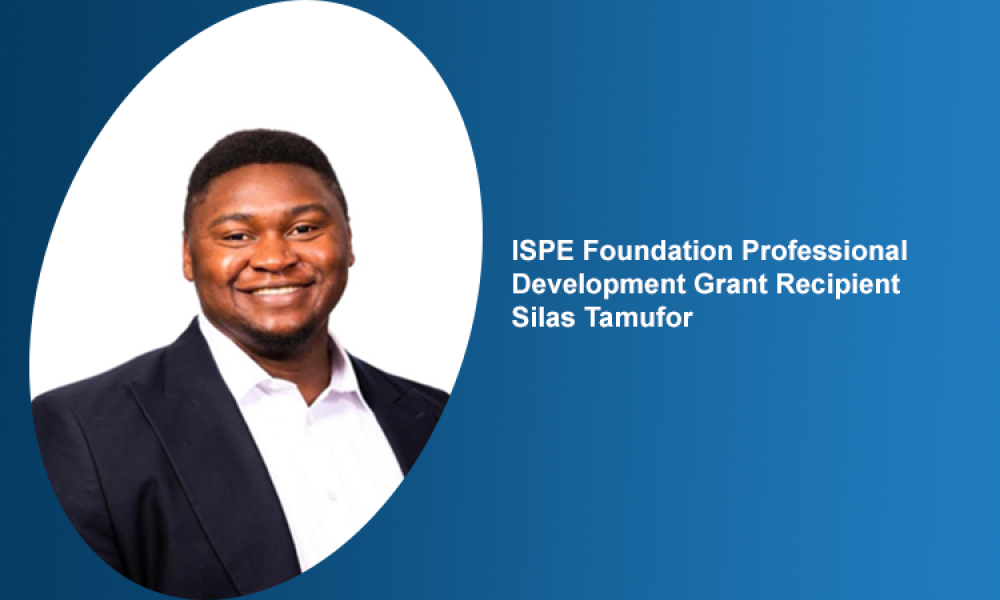2017 Quality Manufacturing Conference - FDA Regulatory Round Table


Round Table Provided Open Conversation with FDA Regulators
Disclaimer: This is an abridged, unofficial summary of an FDA panel Q&A that has not been vetted by the agency. The responses below are an informal synopsis of the regulators’ views. These comments are considered opinions only, and do not represent official FDA guidance or policy. They do, however, provide insight into current agency directions. The last featured session of the 2017 ISPE/FDA/PQRI Quality Manufacturing Conference was the much-anticipated and well-attended Regulatory Round Table, held Wednesday, June 7. Conference participants packed the forum for a chance to hear a panel of FDA regulators answer questions: Planners:
- Eric Thostesen, Senior Director, Regulatory Compliance, Johnson & Johnson, Inc.
- Timothy Watson, PhD, Research Fellow, CMC Advisory Office, Pfizer Inc., Conference Industry Co-Chair
Moderators:
- Rapti Madurawe, PhD, Director (Acting) Division of Process Assessment I and Conference Co-Chair
- Charles Hoiberg, PhD, Executive Director, Pfizer Inc.
FDA Panel:
- Sharmista Chatterjee, PhD, Division Director, Office of Process and Facilities and Emerging Technology Team Member, FDA/CDER/OPQ/DPAII
- Thomas Cosgrove, JD, Director, Office of Manufacturing Quality, FDA/CDER/OC
- Richard Friedman, Deputy Director, Science and Regulatory Policy, FDA/CDER/OC/OMQ
- Jennifer Maguire, PhD, Division Director (Acting), Office of Surveillance, FDA/CDER/OPQ
- Helen Y. Saccone, CDR, PharmD, Associate Director, Global Regulatory Policy, FDA/OC/OGROP
- Paul Seo, PhD, Director (Acting), Division of Biopharmaceutics, FDA/CDER/OPQ/ONDP
- Rakhi Shah, PhD, Branch Chief (Acting), Office of Process and Facilities, FDA/CDER/OPQ
Q: The same week in which the Mutual Recognition Agreement (MRA) was signed, a facility in Asia received both a warning letter from FDA and GMP certification from EMA.
A: Cosgrove: One important principle of mutual reliance is that regulators want to establish commonly accepted facts that we can both rely on. We are not substituting our regulatory processes for those of any other country. We each have our own decisions to make. We may take different actions and make different decisions.
Saccone: The MRA lets us look at facts, but it also opens dialogue.
Q: Will the MRA share US quality metrics data with the EU to help determine what sites are inspected by EU regulations?
A: Maguire: The MRA is about sharing inspection outcomes. There are no plans to share metrics with the EU.
Q: If you are keeping the option of revising the current quality metrics guidance open, what’s the timeline? Does that change your plan for voluntary submission?
A: Maguire: I can’t give you a timeline. The docket closed on 27 March. There was substantial feedback from industry and we’re working through those comments now. The timeline is fluid but we’re moving forward.
Q: Are there any future opportunities or incentives for companies to explore implementing emerging technology, such as advanced analytical techniques to help mitigate GMP quality risks to supply chains?
A: Chatterjee: Send a 3–5 page request to FDA saying why it qualifies as emerging technology (ET). If it’s accepted as part of the ET program, we can proceed to meeting and a site visit. This is so FDA can learn what the technology is. Then when your application comes in, we’ll be ready, and you’ll have a “champion” for the technology. Our offices work hand-in-hand with the team. Patient safety is a primary concern for all of us.
Q: What’s involved in a site visit? Who participates? Are there any inspectional relationships? Could they generate a 483? I’ve heard these questions in my company and others. Why should companies ask for these site visits? And how do you request them?
A: Chatterjee: A site visit is not an inspection. We conduct them to understand the science, as a partner, to see the proposed new technology, not to look at GMPs and make inspection decisions. At the same time, it doesn’t mean inspection won’t happen. If you’re accepted to be part of the ET team, we can set up a site visit.
Q: This is for Rick Friedman. How is this all communicated in the agency so that it works?
A: Friedman: During my 27 years at FDA it’s changed a lot. It’s gotten better. We approve drugs faster, which is good. Scientific rigor has improved. We have better collaboration processes, better decision-making. We’ve led the world in quality management approaches, along with the EU and Japan, process analytical technology (PAT) – all these things we’ve done. People are willing to work across organizational lines. That leads to solutions in 99.8 percent of the time.
Q: This is for Jennifer Maguire. If a company wants to participate in the voluntary metrics phase, it takes a lot of work to align internal metrics. Do you recommend aligning to the revised guidance, or should we wait in case there’s additional clarification?
A: Maguire: Just going through this workshop it seemed to be a 50% split on people who think that we should standardize the definitions and those that don’t want them. Having flexible definitions where every company uses what works for them inhibits our ability to use those metrics. It’s a good question, one of the top questions that we’ll have to consider.
Chatterjee: This is not official guidance.
Q: In the past when a company received their establishment inspection report (EIR) it signaled the inspection was closed. Recently companies have received a warning letter or other action after the EIR. Is this a new trend or policy?
A: Cosgrove: If we’re asking companies to fix problems, how else will they know they have a problem that has to be fixed? This is a great opportunity to harmonize agency practice.
Q: Is FDA open to using industry definitions for quality metrics?
A: Maguire: There’s a lot of dialogue, still, around definitions. It’s easier to use current definitions for companies, but we need to figure out how to reach a point that works for both industry and FDA.
Q: When it comes to current industry practices on continuous process verification, are firms generally getting it right?
A: Shah: Process verification guidance is not new. But when we inspect, there is a vast difference in understanding of Continued Process Validation (CPV). From what I’ve seen and heard, you know what needs to be done; concepts are very well understood. But when it comes to the details of how many batches on inspection or review, they ask us. I think industry should take the lead, because it’s your process and your product.
Q: Can you provide any high-level insight that helps or challenges breakthrough therapies. Are there things you can encourage?
A: Seo: When there’s an accelerated review process there’s a different tone. Protocol review is highly encouraged—it’s good to see that. There are a lot of initiatives at the agency on patient risk for breakthrough therapies. Science is important, but think the about number of patients that would be treated. How do you plan to bridge gaps?
Q: Does the FDA plan to engage other regulatory bodies on the topic of clinical relevance, specifically clinically relevant specifications?
A: Seo: Once the agency has a public position—and right now we’re close to having one (and that’s “close” in government time so it could be 10 years)—we could have those discussions with other regulatory bodies as long as they were willing. I just got back from ICH, and I have a newfound appreciation for what you guys deal with. Having those discussions early on would be helpful before we move to open-forum discussions.
Q: Which eight countries will FDA assess by November 2017?
A: Saccone: The EU will determine the order. I don’t have official permission to announce them, but there are six countries that produce 70% of our imports.
Q: Considering privacy concerns reported by CMOs during audit, has FDA considered issuing guidance to promote the idea that CMOs should be prepared to provide blinded data to enable more holistic audits?
A: Cosgrove: That’s a good idea. We’re not there yet. We need to be modest as regulators. We don’t know everything. But we don’t want to pretend to know things that are outside our scope.
Conference Closing Remarks
Next Steps for Quality Manufacturing
George Millili, PhD, delivered the closing remarks at the 2017 ISPE/FDA/PQRI Quality Manufacturing Conference on Wednesday, 7 June. “Every year it gets better and better,” he said. The Senior Principal Technical Advisor at Genentech and Conference Program Chair added, “I feel really happy about how all aspects of the conference have gone. We took a chance and tried a new approach. We look forward to your feedback so we can build on it or change it. Speak out, engage, and share your ideas.” He thanked the team of speakers and volunteers that had contributed to the conference’s success, singling out several for special recognition: Honorary Co-chairs:
- Francois Sallans, PharmD, Vice President, Quality and Compliance, Chief Quality Officer, Johnson & Johnson
- Michael Kopcha, PhD, Director, Office of Pharmaceutical Quality, CDER, FDA
Workshop Facilitators: Linking Quality to Clinical Relevance:
- Daniel Peng, PhD, Senior Principal Scientist/Director, Drug Product Manufacturing Science and Technology, Shire
- Susan Berlam, Senior Director, Global CMC, Pfizer Worldwide Research and Development
- Shrinivas (Cheenu) Murti, Director, Global Regulatory Affairs, CMC, Merck & Co., Inc.
- Sarah Pope Miksinski, Ph.D., is the Acting Division Director for the Division of New Drug Quality Assessment 2 in the FDA's Office of
- New Drug Quality Assessment (ONDQA).
Modernizing Pharmaceutical Manufacturing through Emerging Technology and Innovation:
- John Lepore, PhD, Senior Director, Chemical Engineering, Merck & Co., Inc.
- Frank Montgomery, Global Head, Regulatory CMC, AstraZeneca
- Gabriella Dahlgren, PhD, Manager, Analytical Sciences and Technology, Advanced Analytics and Design to Value, Janssen Supply Group
- Sharmista Chatterjee, Division Director, Division of Process Assessment II, Office of Process and Facilities, FDA
Designing Proactive Approaches to Facility and Life Cycle Quality Management:
- James McGlade, Science Client Leader, BHDP Architecture
- Jennifer Mitchell, Senior Manager, Validation Engineering, Biogen
- Jennifer Walsh, Director of Robustness and Validation, Global Drug Product Manufacturing Science and Technology, Bristol-Myers Squibb
- Rakhi Shah, PhD, Branch Chief (Acting), Office of Process and Facilities, OPQ, CDER, FDA
Implementing Next Steps for Quality Metrics:
- Steven Greer, External Engagement Leader, Corporate Quality Assurance, Procter & Gamble Company
- Tara Gooen Bizjak, Senior Science Advisor for Pharmaceutical Quality, CDER, FDA
- Betsy Fritschel, Director, Quality and Compliance, Johnson & Johnson
- Jennifer Maguire, PhD, Division Director (Acting), Office of Surveillance, OPQ, CDER, FDA
- Sarah Pope Miksinski, Director, Office of New Drug Products, Director (acting), Office of Surveillance, OPQ, CDER, FDA
Millili also thanked the ISPE staff. “They let us focus on technical content, not the moving parts,” he said. He then congratulated Marianne Bock, a longtime ISPE employee who was named the Society’s new Director of Continuing Education in May. Next year’s ISPE/FDA/PQRI Quality Manufacturing Conference will be held 4–6 June 2018 at the Crystal Gateway Marriott, Arlington, Virginia US.


